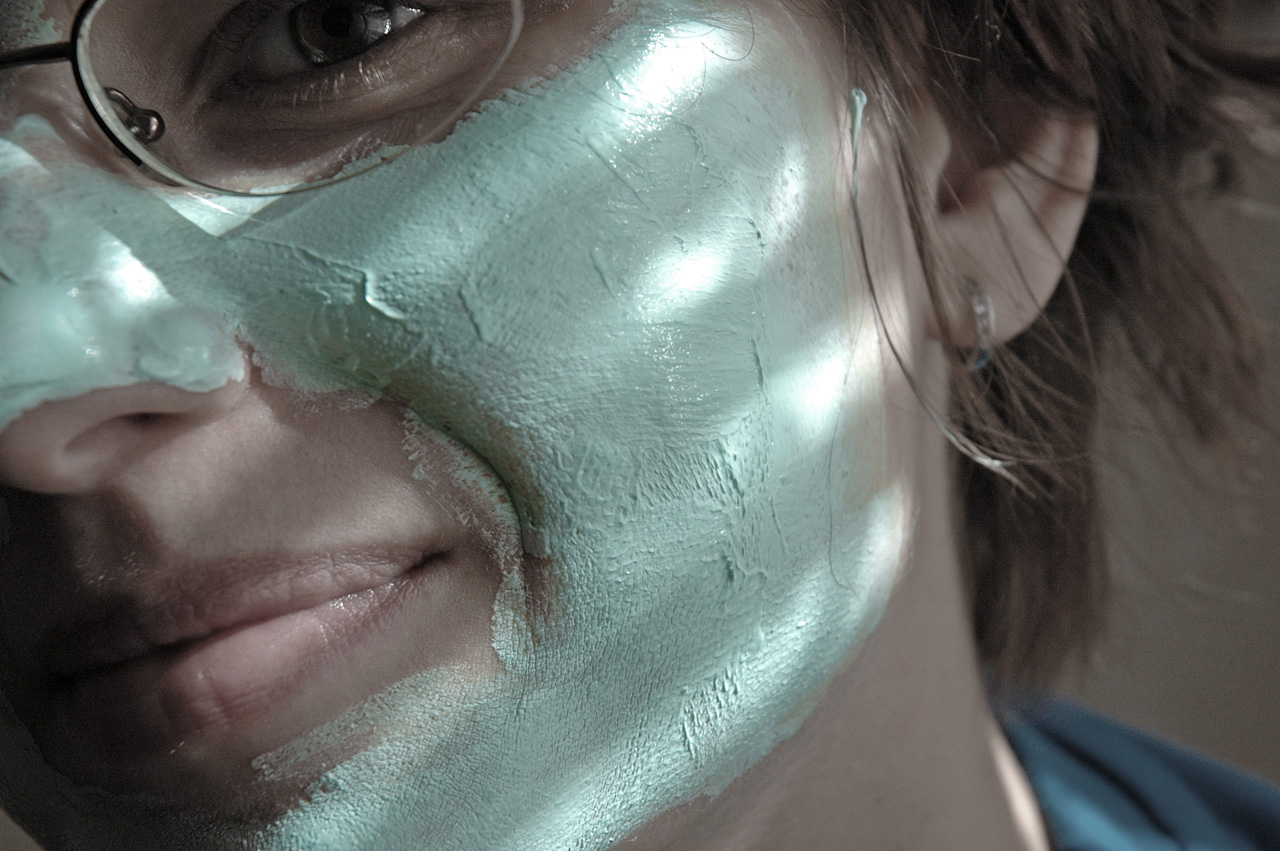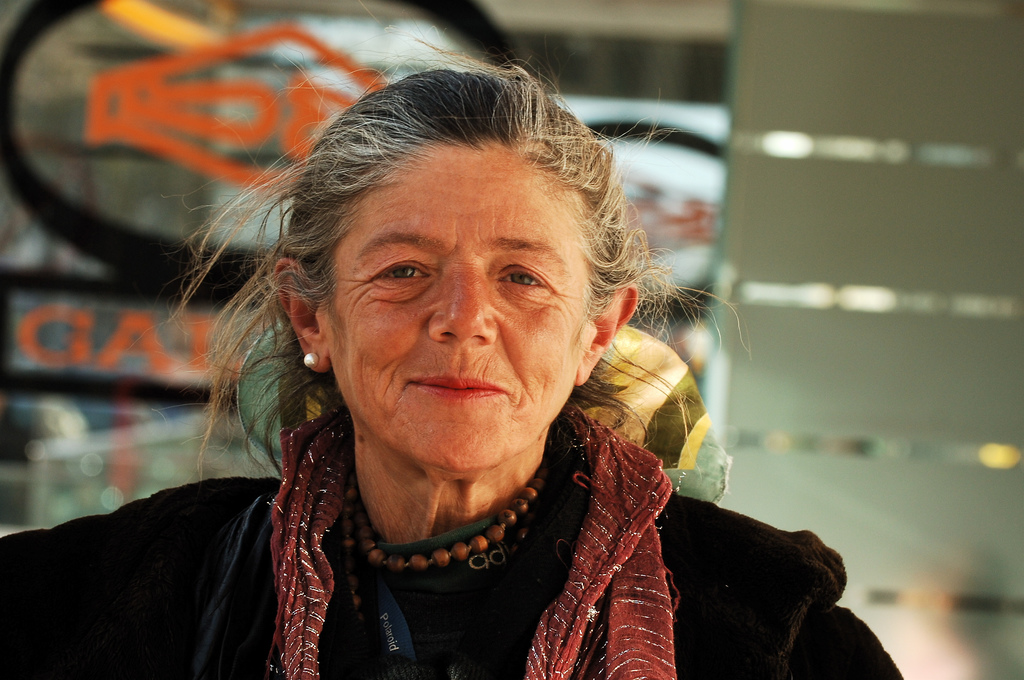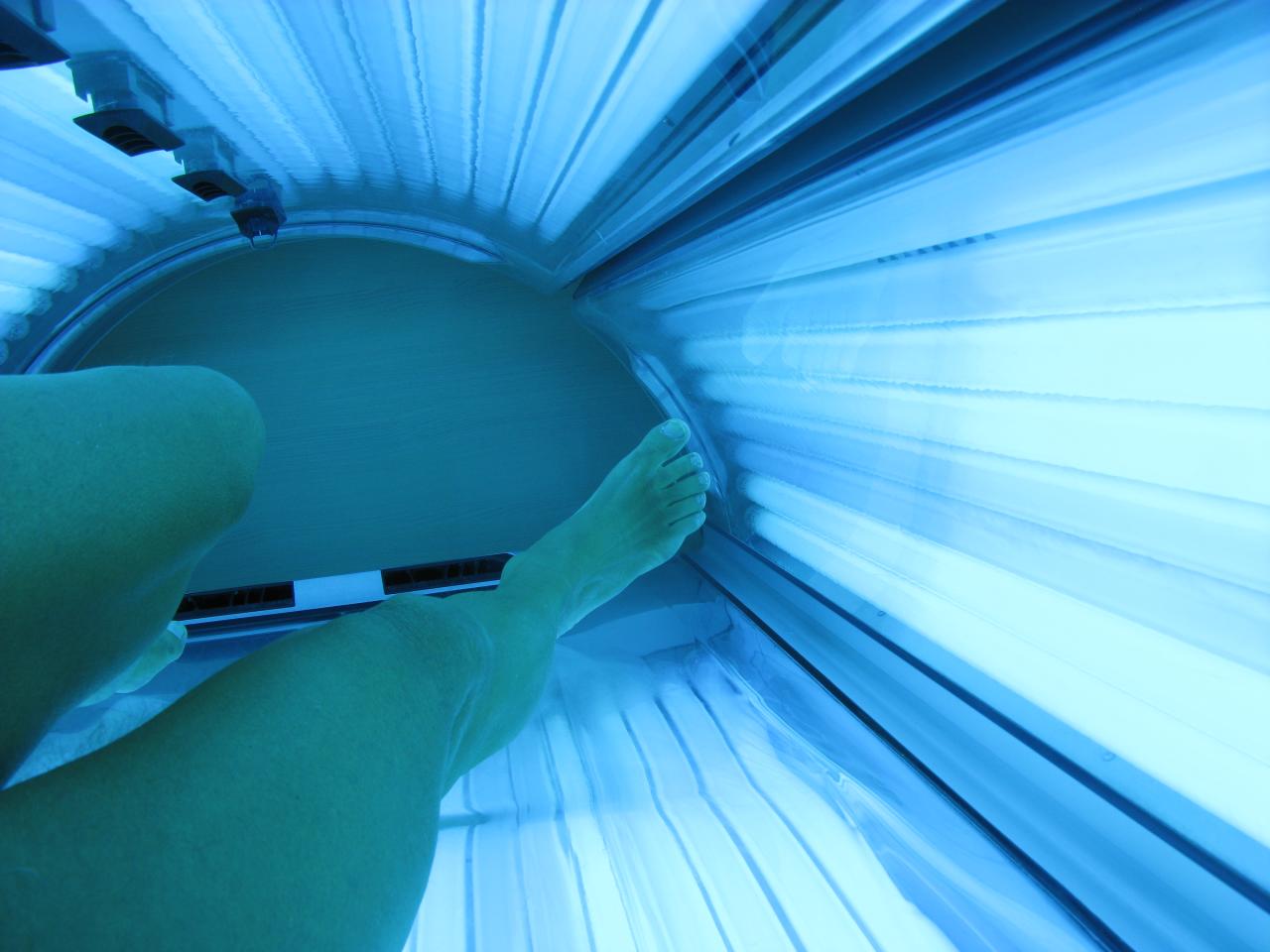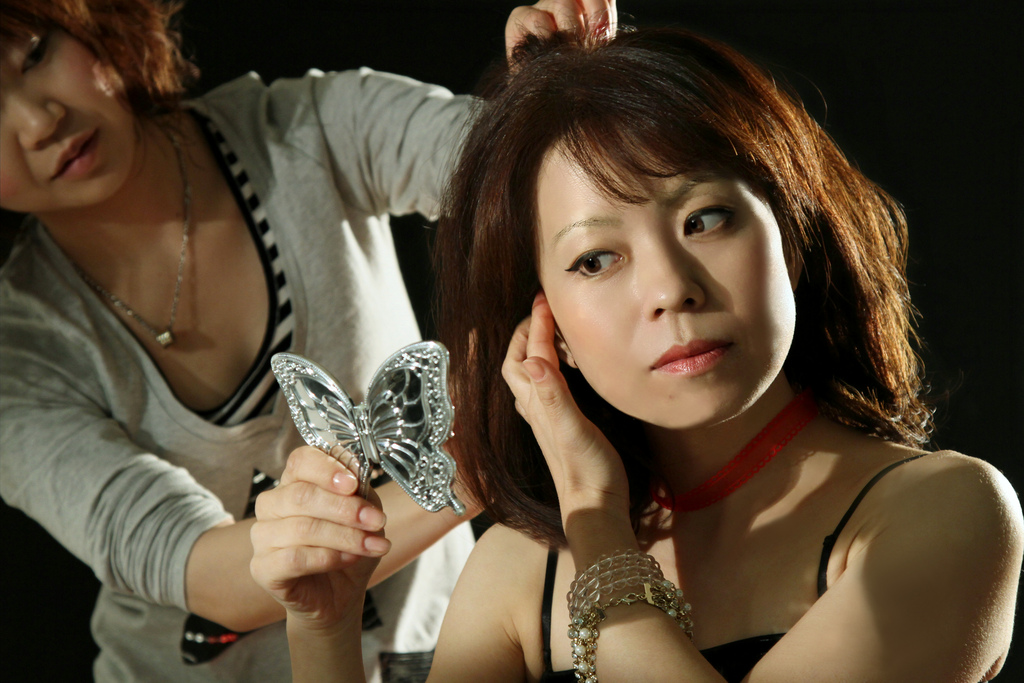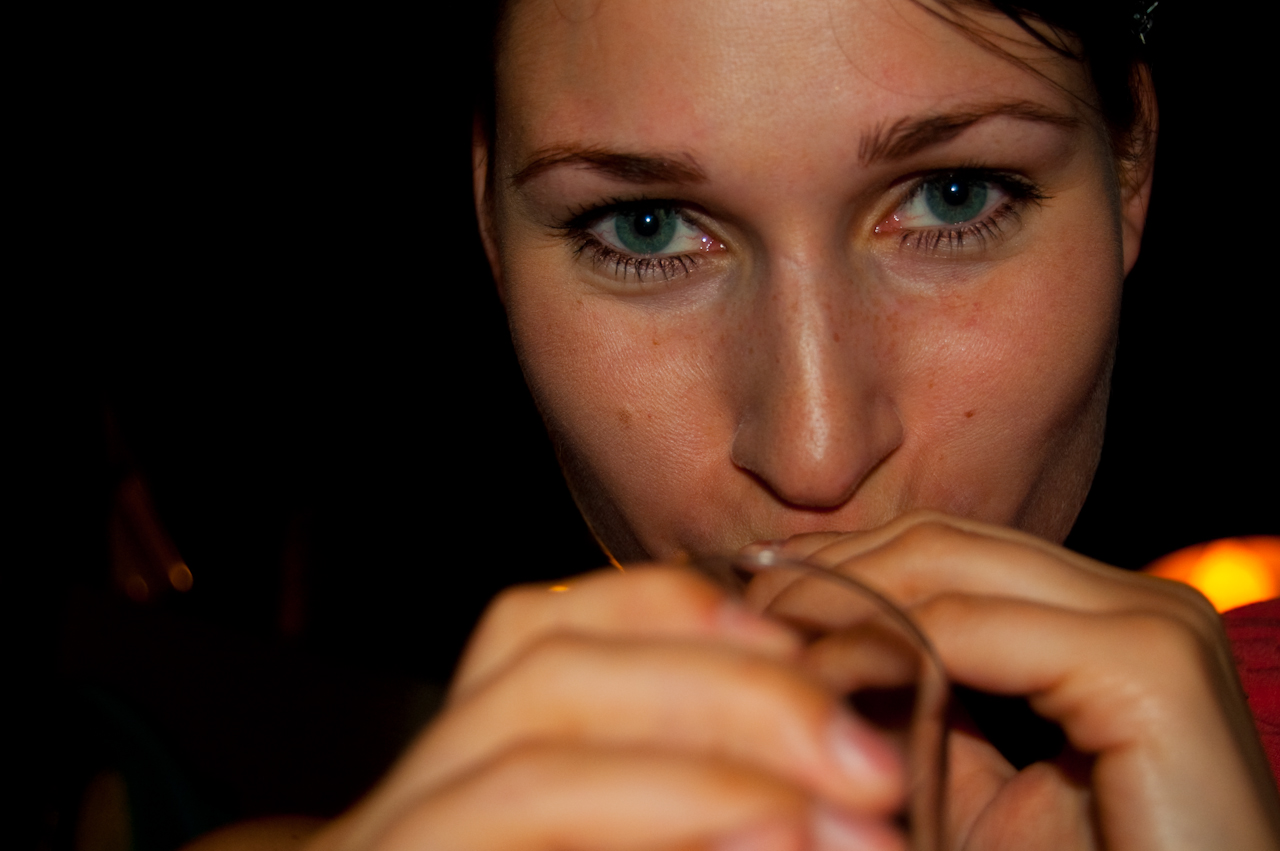
Image: Tomas Belohlav
For the past years, meal replacement powders have gained the reputation of “health food on-the-go.” From athletes to busy professionals, meal replacement powders have become the go-to food option for those are health conscious yet don’t have the luxury of time to sit down and have a regular meal.
While it’s true that these powders can be a convenient option for busy individuals, wrong use of it can do more harm than good.
Meal Replacement Powders and Aging
Consuming too much meal replacement powders can aggravate aging. Here are some of the reasons why:
- Meal replacement powders can cause malnutrition
One of the common mistakes people make with meal replacement powders is substituting two out of their three regular meals with these.A serving of meal replacement powder is usually around 200 calories. If you replace two meals with these powders and your one remaining meal is about 400 calories, you’re only getting 1,000 calories in a day. If you’re used to over 1,000 calories in a day, this eating habit won’t suffice. You’ll end up getting tired easily and frustrated from not meeting your physical demands. And even if these powders claim to have all the needed vitamins and minerals that you need, nothing could beat the nutritional value of “real” food.When you scrimp yourself from your needed nutrients, it can backfire and cause you several health problems, including problems with your skin. - Some meal replacement powders have too much sugar
Not all meal replacement powders are created the same. Some contain a lot of added sugar, artificial sweeteners, or a combination of both. And when there’s too much sugar in your system, you may end up suffering from premature skin aging. Sugar tends to dry the skin, causing wrinkles and dark circles around the eyes.
- Some meal replacement powders have low fiber and protein content
Some studies reveal that the gut is the body’s fountain of youth. Hence, aging is believed to begin deep within our bodies.Meal replacement powders can affect gut health as some of them have low fiber content. Fiber is essential in the diet to keep the food in your gut moving and to keep you regular. Women need approximately 26 grams of fiber in a day. If this need is not met, you can suffer from irregularity – either from diarrhea or constipation.Most meal replacement powders contain low quality protein. It’s either from processed protein powders or conventional dairy. Good quality protein is needed for building muscle mass and preventing muscle loss. This macronutrient is highly essential as the body naturally loses muscle mass and function as you age.
Moderation and Choosing the Right Kind
Meal replacement powders are not entirely bad. If you take it in moderation, it can help you meet your nutritional needs when you don’t have the time to have your regular meal.
You have to be really careful though in choosing the right type as not all meal replacement powders are created the same. Like meal replacement bars, some of these drinks are no better than junk food. Some of them are even considered as nothing more than glorified sugar-based drinks.
How to choose the right one? Learn to read the ingredients, nutrition label, and compare products.
Meal replacement powders that do not contain foreign-sounding ingredients are great choices but then again, that’s just only one part of the equation. The other half relies on the nutrients it contains.
Conclusion
Do meal replacement powders cause aging? They do when you drink more than what is recommended. These powders are not meant to replace your everyday meal. It is still highly recommended that you get your needed nutrients from real food.
As much as possible, limit your intake of meal replacement shakes to a maximum of once a day, about once or twice a week. Get the bulk of your needed nutrients from real food – vegetables, fruits, seeds and nuts, and lean meats.
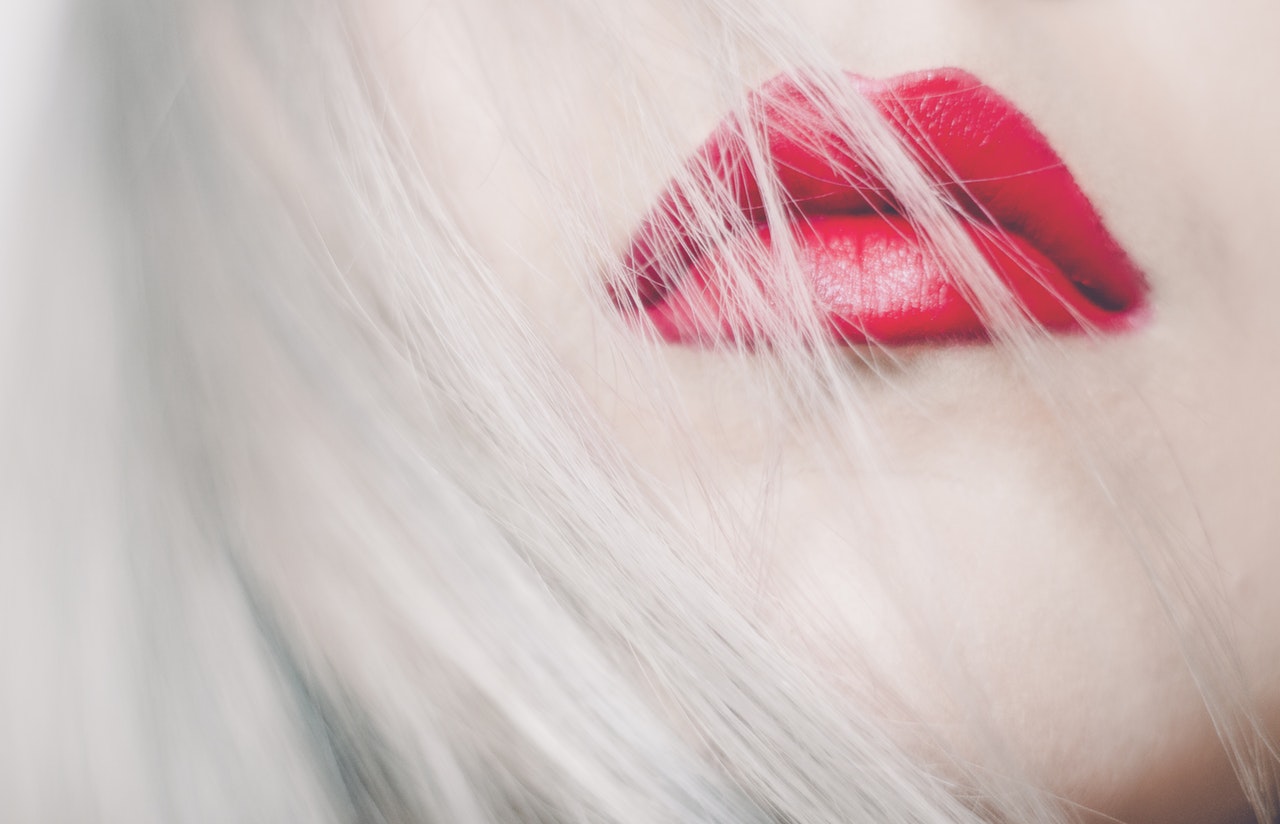 One of the very first things we notice about someone when we meet them is their smile, putting our lips on display front and center. This can be uncomfortable as we experience the natural effects of aging, as lips – most notably the upper lip – naturally become thinner due to the degradation of collagen and elastin.
One of the very first things we notice about someone when we meet them is their smile, putting our lips on display front and center. This can be uncomfortable as we experience the natural effects of aging, as lips – most notably the upper lip – naturally become thinner due to the degradation of collagen and elastin.